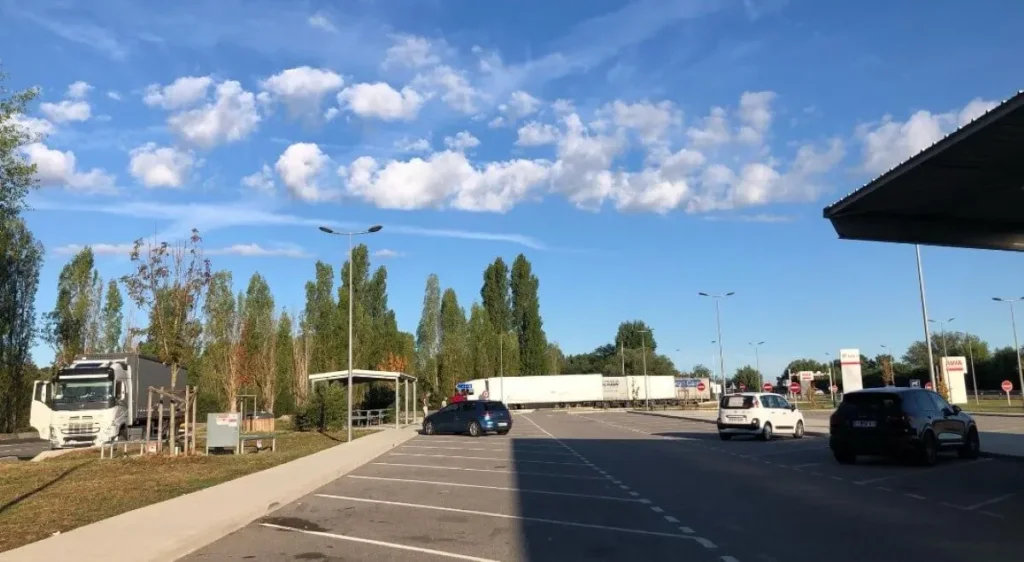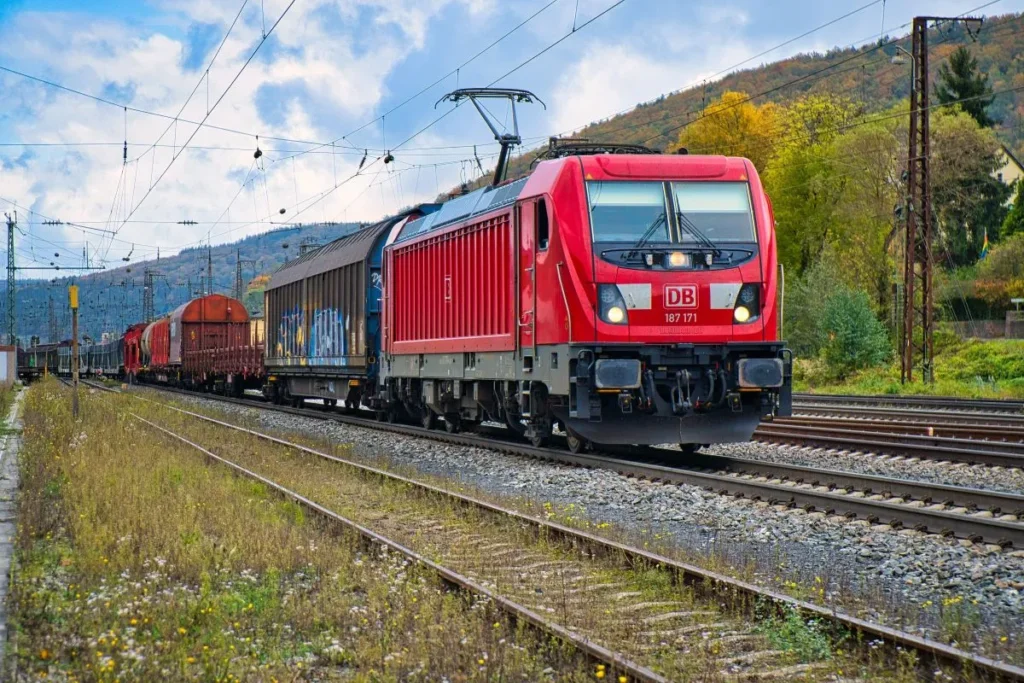Summer is a period of frequent thunderstorms, which may surprise the driver on the road. It is important for drivers to know how to prepare for such a situation and take care not only of their safety but of the carried load.
First – slow down!
During heavy rain, which is often accompanied by gusty wind, the basic step is to reduce the speed. As advised by Leszek Luda, the owner of a transport company, the wind direction is significantly important. Side wind is the most dangerous. In that case, it is recommended to stop the truck. If the wind is blowing from the front or the back, just slow down to about 40 km/h and maintain 3-second distance from the vehicle ahead.
When we go on empty, it is best to pull up the tents” – says Luda.
Stay away from trees
In case of driving a truck during electrical storms, you have to remember to stick to the road away from trees, and the best is to stand in a safe place and wait out the storm. A lightning strike is a threat not only to the driver’s life but also significantly increases the likelihood of damage to the vehicle and transported goods.
Among others, electric systems and electronic systems are exposed to failure. If possible, during a storm the driver should pull over to a safe place, stop the car, turn on the hazard lights, and wait out the storm. You should not touch any metal instruments at that time. The safest position is to lay your hands on your knees and take your legs of the pedals” – advises Zbigniew Weseli, the head of Szkoła Bezpiecznej Jazdy Renault (Renault Safe Driving School).
Avoid puddles
A violent downpour not only reduces the visibility of the driver, but significantly increases the braking distance. Therefore the distance from the vehicle ahead should be increased. You should also remember about the “aquaplaning,” a water slip which poses risk of losing control of the truck. The Renault experts explain what you need to do when we you drive into a puddle.
You should slow down as much as possible and release the brake, because when braking the front shock absorbers are bent and do not fulfil their role. If the road section covered with water is damaged, the impact energy moves to the suspension and wheels of the car. You can also press the clutch in order to protect the gearbox and engine from the impact energy.”
Photo: wikimedia.org



